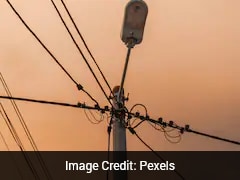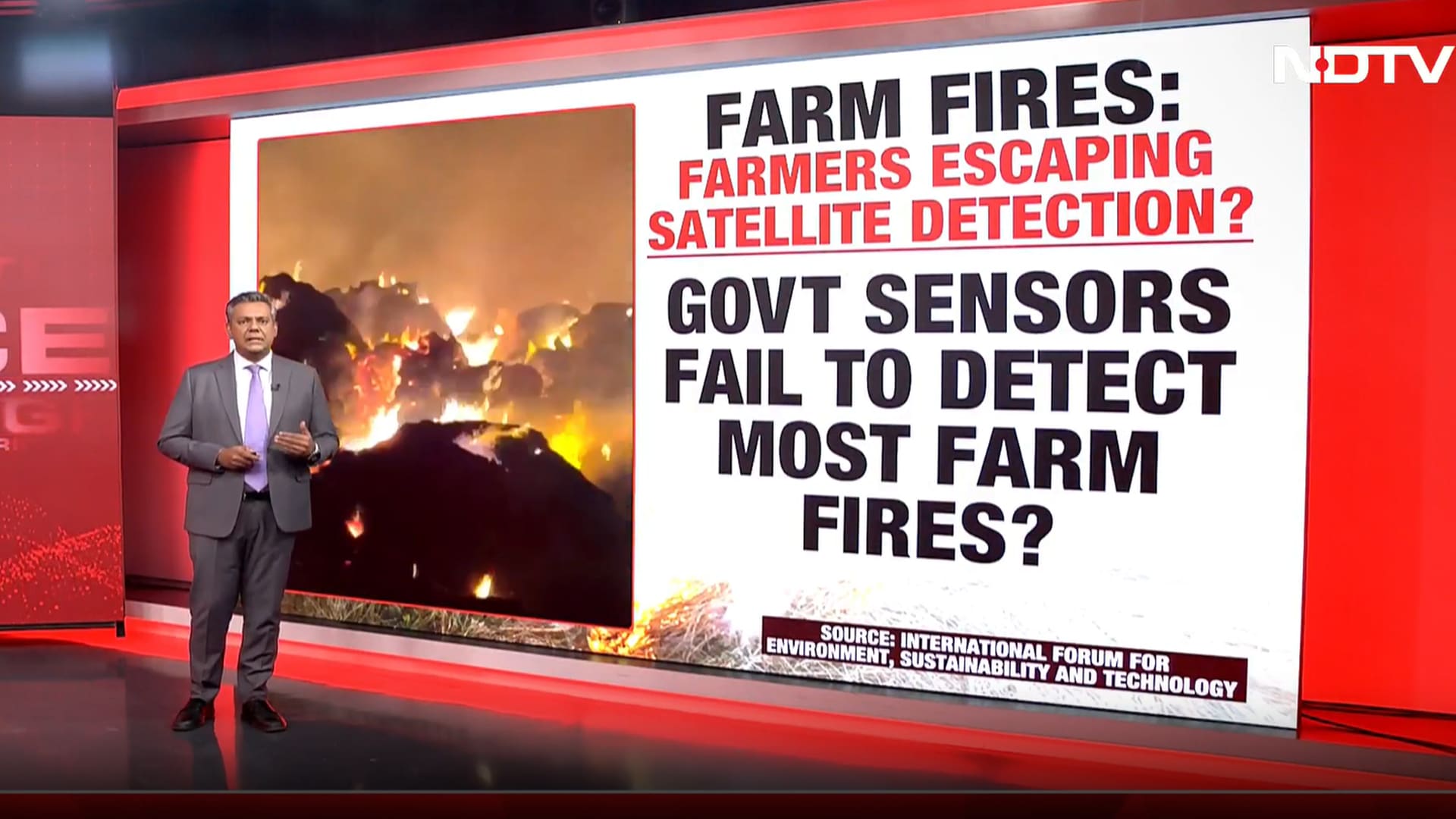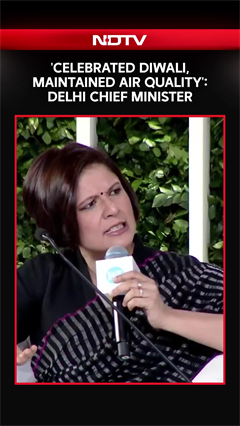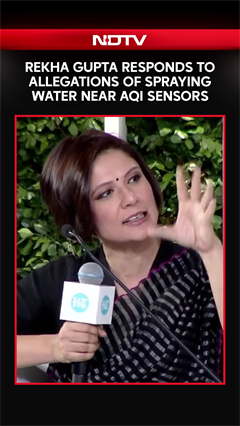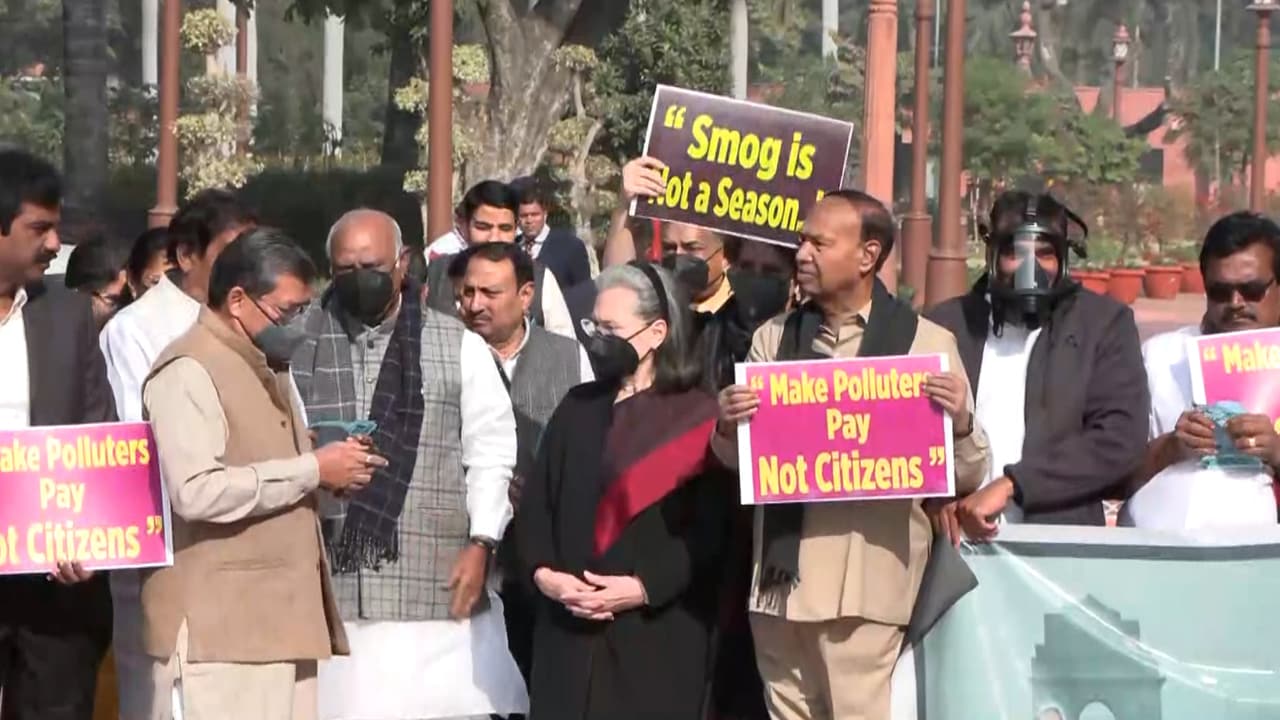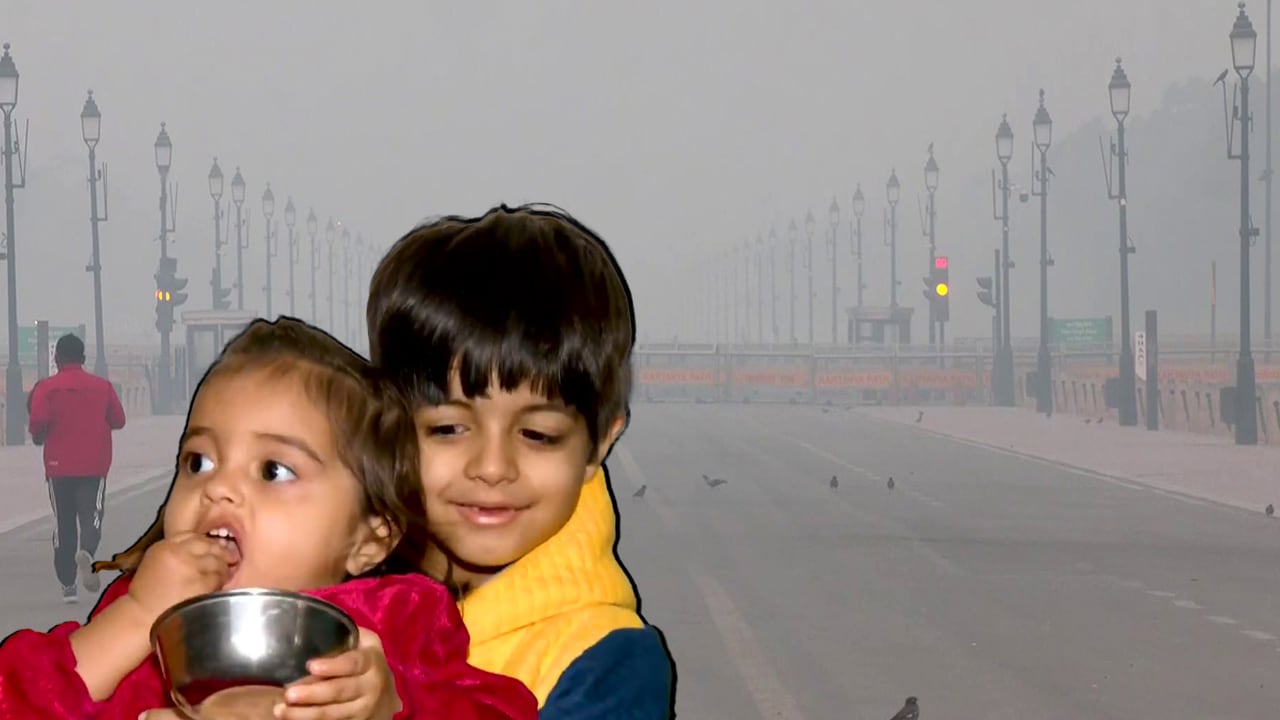- Home/
- Air Pollution Exposure In Childhood May Affect Brain Development: Study
Air Pollution Exposure In Childhood May Affect Brain Development: Study

Children exposed to higher levels of air pollution in early and mid-childhood may have weaker connections between key brain regions that can highly impact their thinking and controlling capacity, according to a study.
The findings, published in Environment International, highlight the potential impact of early exposure to air pollution on brain development.
The research led by the Barcelona Institute for Global Health (ISGlobal) in Spain showed reduced functional connectivity within and between certain cortical and subcortical brain networks in kids with increased exposure to air pollution.
These networks are systems of interconnected brain structures that work together to perform different cognitive functions, such as thinking, perceiving, and controlling movement, said the team.
"These associations persist throughout adolescence, which may indicate persistent disruptions in the normal development of brain networks due to pollution exposure. This could affect emotional processing and cognitive functions," said Monica Guxens, ICREA researcher at ISGlobal.
The study analysed data from 3,626 children exposed to air pollution at the participants' residences, including particulate matter (PM2.5 and PM10), nitrogen dioxide (NO2), and nitrogen oxides (NOX).
The results show that greater exposure to air pollution from birth to three years old is associated with lower connectivity between the amygdala and the cortical networks involved in attention, somatomotor function -- which coordinates body movements -- and auditory function.
Additionally, higher exposure to PM10 particles in the year before the neuroimaging assessment was associated with lower functional connectivity between the salience and medial-parietal networks -- responsible for detecting stimuli in the environment and for introspection and self-perception.
"However, more research is needed to confirm these findings and to understand their exact impact on brain development," Guxens said.
(Except for the headline, this story has not been edited by NDTV staff and is published from a syndicated feed.)
also read
Latest Stories
- Press Trust of India | Wednesday December 10, 2025 , New Delhi
Amid high pollution levels in the capital, the Delhi Pollution Control Committee (DPCC) has issued directions mandating a strict ban on the use of coal and firewood in tandoors across all hotels, restaurants and open eateries in the city.
- Press Trust of India | Monday December 08, 2025 , New Delhi
Delhi's air quality remained locked in the 'very poor' category on Monday, with the air quality index (AQI) staying above 300, while forecasts suggest that pollution levels are likely to deteriorate further.
- Reported by Ashwine Kumar Singh | Monday December 08, 2025 , New Delhi
Delhi Chief Minister Rekha Gupta's remarks about the government using mist sprayers to contain pollution at hotspots has drawn a stinging response from her predecessor Arvind Kejriwal.
- Written by Rupashi Chhabra | Monday December 08, 2025
Maintaining lung health is essential for longevity. Here are five simple steps to perform an anti-pollution lung detox for long-term well-being.
- Edited by Astitva Raj | Sunday December 07, 2025
His post clearly explains the various daily challenges he faced after moving to India from Ireland.
................................ Advertisement ................................
Latest Videos
Opinion
Blog | Well Done, Delhi. You've Turned Lung Sacrifice Into A Badge Of HonourSaikat Kumar Bose
Monday November 10, 2025Till some years back, Delhiites would ask angry questions to those in power about the capitals annual tryst with toxic air. This has changed. Those in the driving seat dont see the need to answer now.
Opinion | Why Indians Have Just Given Up On Air Pollution CrisisTanushree Ganguly
Friday December 20, 2024While some may argue that people in Delhi are now more aware of air pollution than they were a decade back, my rebuttal would be that awareness does not mean that people are concerned.
Opinion | You Must Outrage Over Filthy Air More Than Once A YearJyoti Pande Lavakare
Tuesday December 10, 2024Delhi welcomed us with monsoon rains and mangos. We were home. Fast forward a couple of years, in the winter of 2012, I found myself in denial about something other parents, mostly expats, were calling toxic air.
Opinion | Delhi's Air Pollution Situation Is Like A Bad MarriageNishtha Gautam
Friday November 22, 2024On a good day, such as today, the AQI reading in Delhi is 407. We are jubilant at the sickly sunshine trickling through the slightly dissipated smog. At least its not 1600.
दिवाली... पराली... सियासी जुगाली!Ashwini kumar
Monday November 18, 2024दिल्ली-एनसीआर में प्रदूषण का समाधान तो आज तक मिला नहीं. हर साल चिंतित होकर हम-आप सांसों की तकलीफ के साथ-साथ दिल और ब्लड प्रेशर के मरीज भी क्यों बनें?







